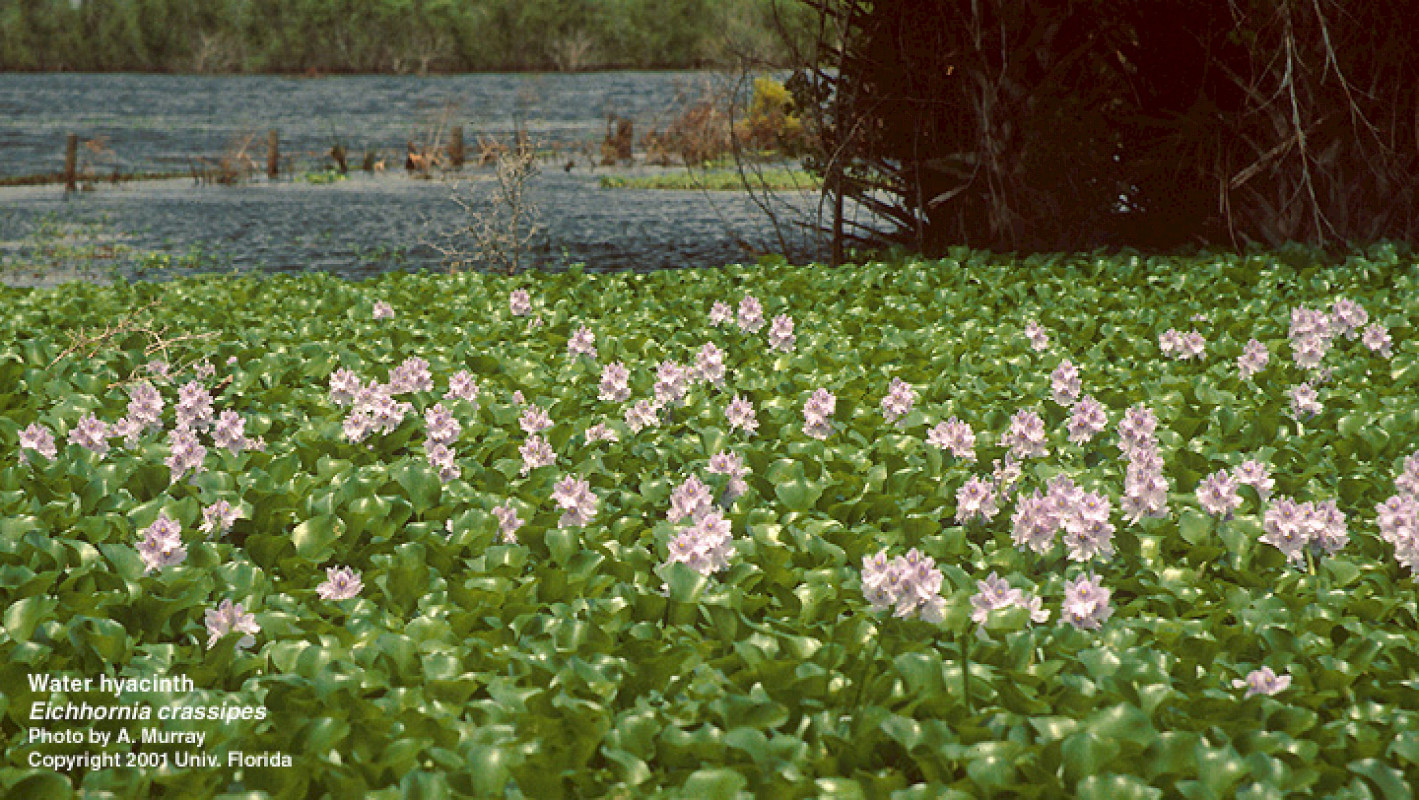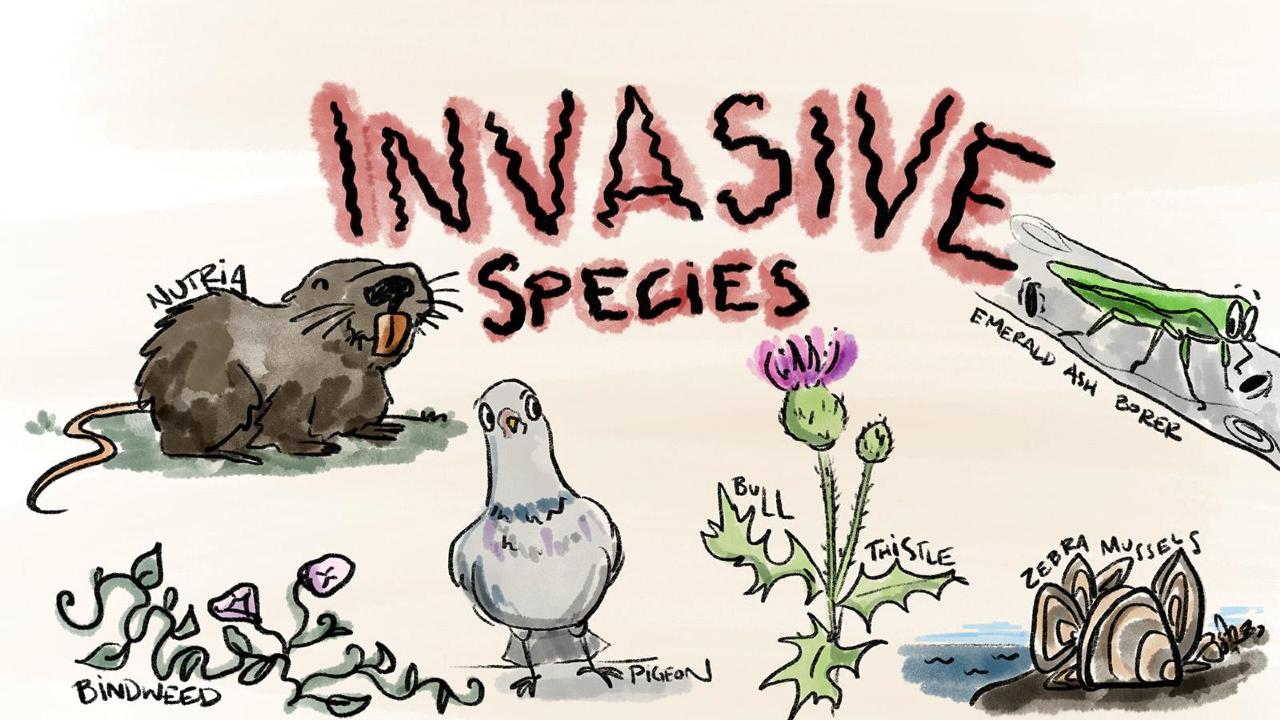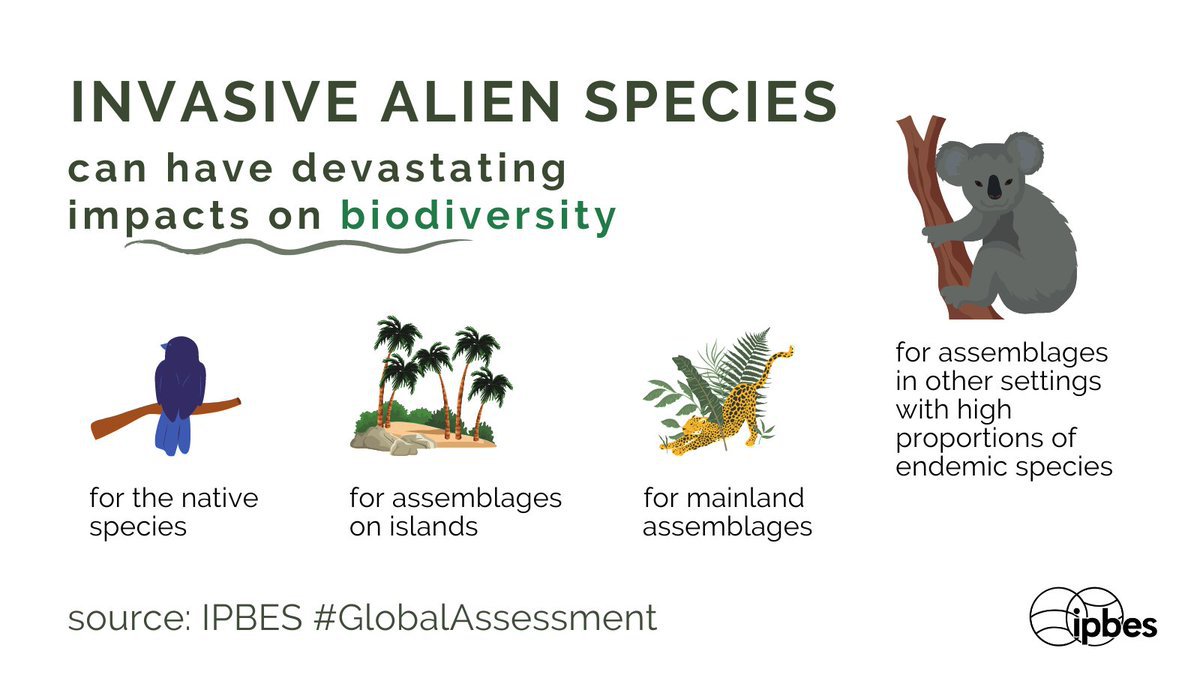 How would you feel if a person you’ve never seen entered your house, ate your food, drank your water, and slept in your bed?
How would you feel if a person you’ve never seen entered your house, ate your food, drank your water, and slept in your bed?
Normally, you would feel frustrated just by the thought of that scenario. However, in nature, this is getting increasingly common as species spread to areas beyond their usual geographical boundaries!
Recently, the U.N Intergovernmental Platform on Biodiversity and Ecosystem Services (IPBES, in short) released a report on invasive species and their impacts. Let's find out more.
What Are Invasive Species?
The term "invasive species" refers to non-native plants, animals, and other organisms that are introduced into and wreak havoc in their new ecosystems.
 These species enter new ecosystems, either accidentally or intentionally, through trade, travel, or habitat changes. Once they take hold, they spread quickly in their new ecosystems due to the absence of natural predators and the availability of abundant resources that help them thrive. In addition, invasive species can easily reproduce and severely disrupt the ecological relationships within an ecosystem.
These species enter new ecosystems, either accidentally or intentionally, through trade, travel, or habitat changes. Once they take hold, they spread quickly in their new ecosystems due to the absence of natural predators and the availability of abundant resources that help them thrive. In addition, invasive species can easily reproduce and severely disrupt the ecological relationships within an ecosystem.
Did you know that the fastest-spreading invasive species on our planet is the water hyacinth? This freshwater plant clogs waterways, crowds out native plants, and reduces oxygen in the water, making it hard for fish to survive. Lantana, a flowering shrub, and the black rat rank as the second and third-most invasive.
Another example is the Lionfish, a species native to the Indian Ocean and South Pacific, that eventually migrated to the Atlantic Ocean, the Gulf of Mexico, and the Caribbean. The lack of competition and predators have allowed the Lionfish to reproduce at high rates, affecting the ecological relationships of many aquatic habitats.
Report Findings
 According to IPBES, of the 37,000 alien species that have been introduced around the world, 3,500 are considered harmful or invasive.
According to IPBES, of the 37,000 alien species that have been introduced around the world, 3,500 are considered harmful or invasive.
These species have led to rapid biodiversity loss and are responsible for 60% of animal and plant extinctions globally. Many of these species are found in lands managed by indigenous peoples and affect their culture and way of life.
Invasive species impact food sources and fishing industries, as well as spread infectious diseases (such as mosquito-borne malaria, Zika, and the West Nile Fever.) They are particularly damaging on islands that are naturally isolated and lack strong predators.
Climate change is a multiplier and can worsen the impacts of invasive species. An example cited in the report is of non-native plants that become fuel for wildfires and exacerbate global warming. Invasive species cost the global economy more than $423 billion each year!
The Good News
While invasive species pose a significant threat, efforts have been made to mitigate the damage. Countries are implementing strict bio-security measures and border checks on what can be imported. Restoring local ecosystems also makes them more resilient to non-native invaders.
Should a species take hold, measures to eradicate it are equally important which could include biological agents -- for example, rust fungus has been used to control bitter vine invasion in Asia. Of course, one of the most successful measures has been the implementation of 1,550 education programs on 998 islands; the overall success rate for these programs is 88%.
As governments around the world heed the report's warnings, the spread of invasive species and their impacts can indeed be brought under control.
Sources: Guardian, Al Jazeera, DW, IPBES









